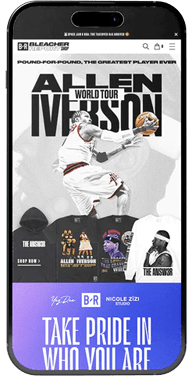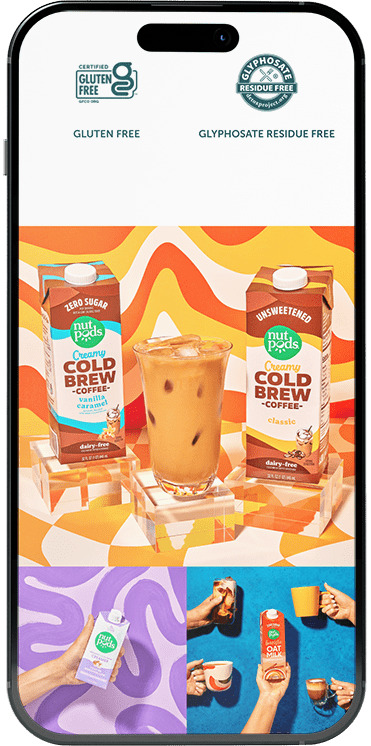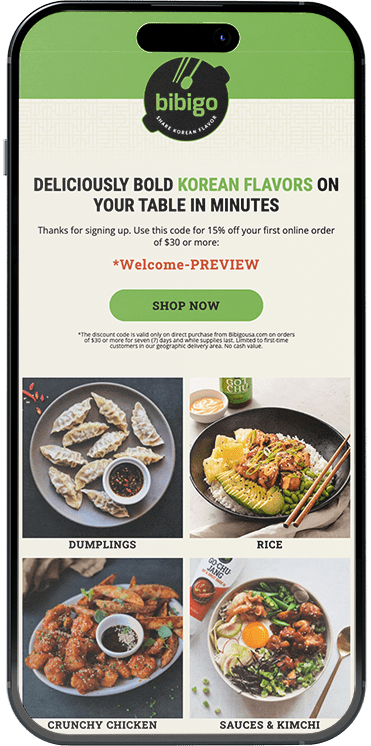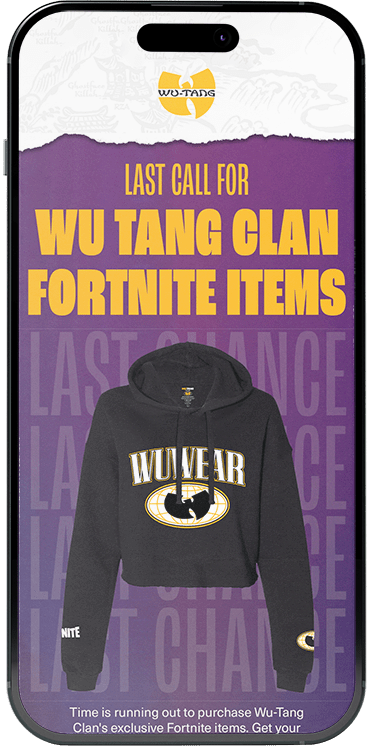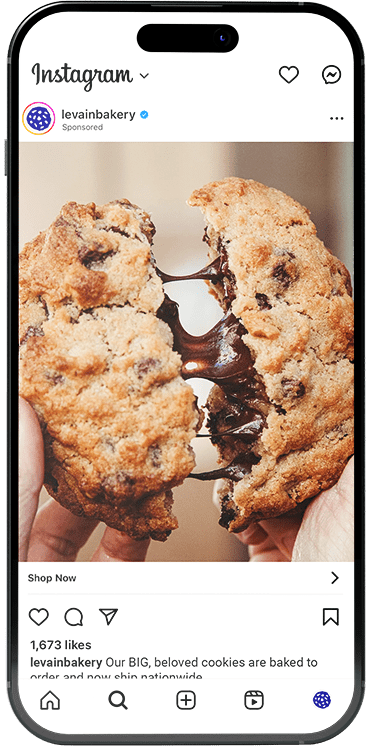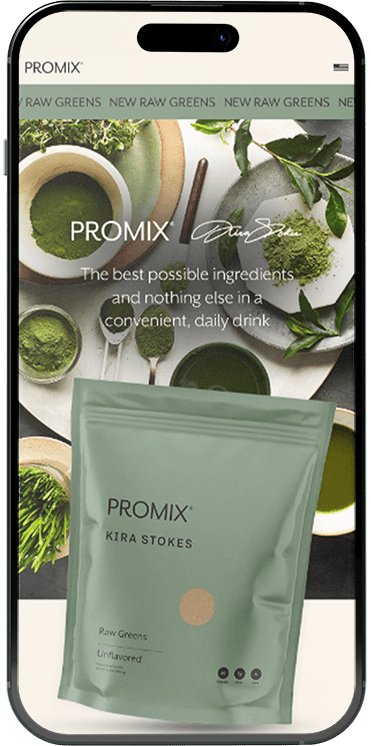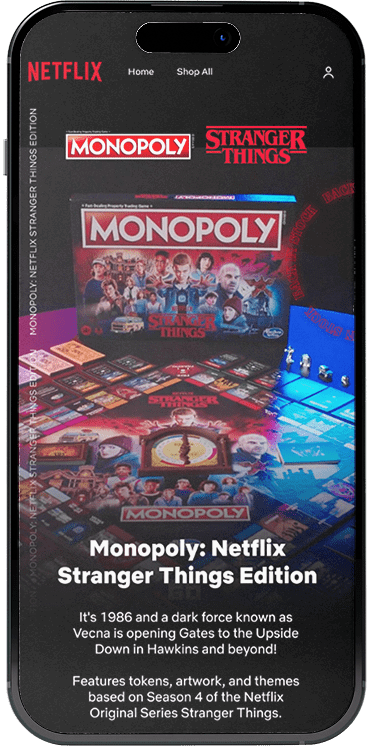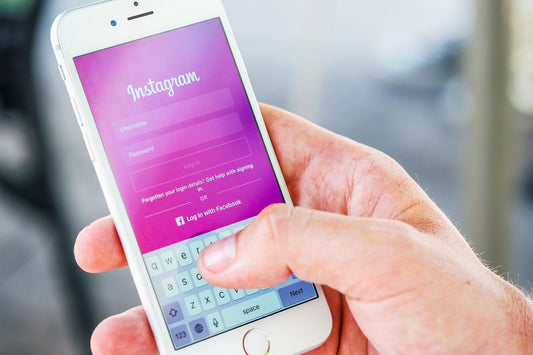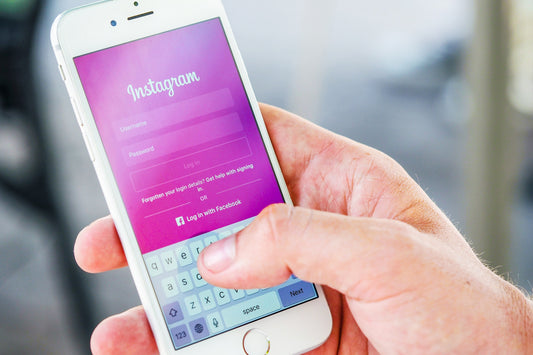Information about a social network's algorithm, the code that dictates the content a users sees in news feeds and timelines, is often kept very "close to the vest." The big players like Facebook, Twitter, Instagram and YouTube have rarely shared much information about how content is displayed, leaving marketers to experiment to find ways to gain an edge--a higher rate of visibility amongst current followers and potential followers, and therefore a higher rate of engagement. Rather than keeping its users guessing, Instagram has peeled back the curtain and talked specifically about important factors in its algorithm for the first time.
In a meeting with Instagram's product lead Julian Gutman last month, Tech Crunch unveiled some of the key criteria in Instagram's feed rankings. Why is this important? Because understanding how Instagram inherently functions will allow page owners to get the most out of the effort they put into the platform--saving time and creating new opportunities to grow.

Instagram product lead Julian Gutman explains the algorithm
From the talk it was determined that there are three main areas that factor into how content is prioritized in a users' Instagram feed in 2018.
- Interest: How much Instagram predicts you’ll care about a post, with higher ranking for what matters to you, determined by past behavior on similar content and potentially machine vision analyzing the actual content of the post.
- Recency: How recently the post was shared, with prioritization for timely posts over weeks-old ones.
- Relationship: How close you are to the person who shared it, with higher ranking for people you’ve interacted with a lot in the past on Instagram, such as by commenting on their posts or being tagged together in photos.
Other factors that come into play:
- Frequency: How often you open Instagram, as it will try to show you the best posts since your last visit.
- Following: If you follow a lot of people, Instagram will be picking from a wider breadth of authors so you might see less of any specific person.
- Usage: How long you spend on Instagram determines if you’re just seeing the best posts during short sessions, or it’s digging deeper into its catalog if you spend more total time browsing.
When Instagram made a controversial change from a chronological feed to an algorithmic feed just over two years ago, it was maligned by users. People are typically resistant to change just for the sake of having to get used to something new. But, the bottom line is that your Instagram feed is personalized to you and based on the things you like.
The personalized experience from the algorithmic feed is an improvement for users, though it does provide some interesting challenges for marketers. Instead of the algorithm having such a high level of dependence on a single factor, these other factors are now much more influential in crafting "secret sauce" of a sound Instagram strategy.
More insights from TechCrunch's conversation with Instagram:
"Instagram’s team also responded to many of the most common questions and conspiracy theories about how its feed works. TechCrunch can’t verify the accuracy of these claims, but this is what Instagram’s team told us:
- Instagram is not at this time considering an option to see the old reverse chronological feed because it doesn’t want to add more complexity (users might forget what feed they’re set to), but it is listening to users who dislike the algorithm.
- Instagram does not hide posts in the feed, and you’ll see everything posted by everyone you follow if you keep scrolling.
- Feed ranking does not favor the photo or video format universally, but people’s feeds are tuned based on what kind of content they engage with, so if you never stop to watch videos you might see fewer of them.
- Instagram’s feed doesn’t favor users who use Stories, Live, or other special features of the app.
- Instagram doesn’t downrank users for posting too frequently or for other specific behaviors, but it might swap in other content in between someone’s if they rapid-fire separate posts.
- Instagram doesn’t give extra feed presence to personal accounts or business accounts, so switching won’t help your reach.
- Shadowbanning is not a real thing, and Instagram says it doesn’t hide people’s content for posting too many hashtags or taking other actions."
According to Instagram, 80% of users follow a business on Instagram. And, 84% of online shoppers check out at least one social media account prior to making a purchase. While the success of sale referrals coming from social media is up for debate amongst ecommerce companies following a direct-attribution model, the numbers clearly show that social influences purchasing behavior. More importantly, Instagram leads the pack.
Do you need help creating a sound Instagram strategy? Let's chat about how I can help.



